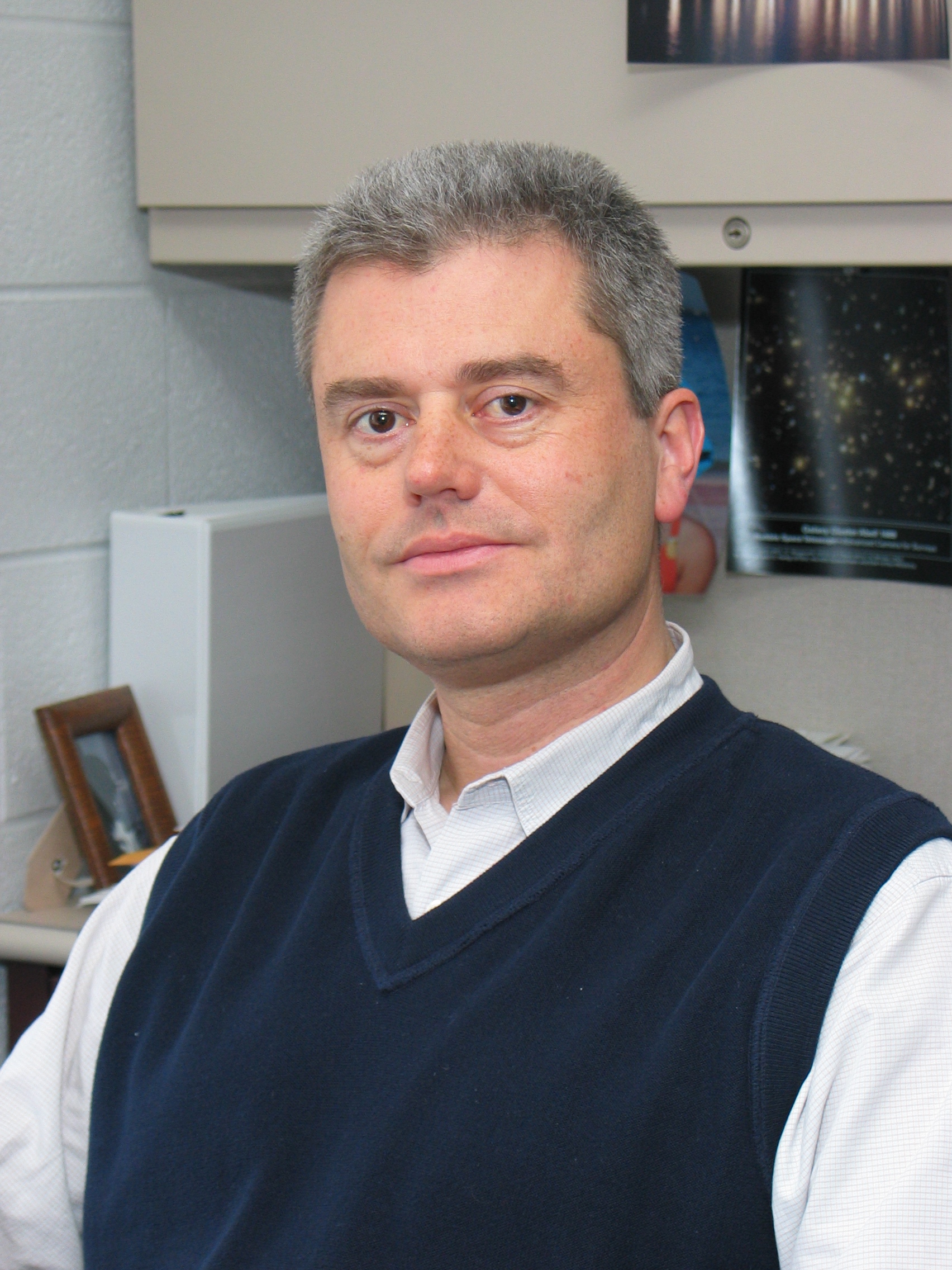|

|
James Webb Space Telescope: the road to Launch
| Abstract: |
The James Webb Space Telescope (JWST) is a large aperture, infrared telescope planned for launch in 2018. JWST is a facility observatory that will address a broad range of science goals covering four major themes: First light and Re-Ionization, the Assembly of Galaxies, the Birth of Stars and Protoplanetary Systems, and Planetary Systems and the Origins of Life. With a 6.5 meter diameter mirror it will be the largest space telescope ever flown, and is the first cryogenic telescope to incorporate passive cooling, achieved by means of a large sunshade, to reach its ~40 K operating temperature. JWST has a complement of four science instruments that offer a range of capabilities for exoplanet imaging and transit imaging and spectroscopy. I will present an overview of the observatory design, highlight recent progress to wards integration and testing, and discuss JWST’s instruments and their capabilities. I will review the science motivations and also what science we can do in light of recent discoveries, especially in exoplanets. |
| Speaker: |
Dr. Mark Clampin - NASA |
| Speaker Bio: |
 Dr Clampin is currently the James Webb Space Telescope (JWST) Observatory Project Scientist at GSFC. Previously, Dr Clampin was ACS Group manager at the Space Telescope Science Institute (STScI), where he supported three Hubble Space Telescope (HST) Servicing Missions. Dr Clampin is a Co-Investigator on the Transiting Exoplanet Survey Satellite (TESS), and was a Co-Investigator for the Advanced camera for Surveys (ACS) science team, where he served as the Detector Scientist. He is currently working on the formation and evolution of planetary systems by means of observations of debris disks and direct imaging of exoplanets such as Fomalhaut-B, and future mission concepts to image and characterize earth analogs. Dr Clampin has also designed ground-based telescope instruments including adaptive optics systems, coronagraphs and detectors. Dr Clampin is currently the James Webb Space Telescope (JWST) Observatory Project Scientist at GSFC. Previously, Dr Clampin was ACS Group manager at the Space Telescope Science Institute (STScI), where he supported three Hubble Space Telescope (HST) Servicing Missions. Dr Clampin is a Co-Investigator on the Transiting Exoplanet Survey Satellite (TESS), and was a Co-Investigator for the Advanced camera for Surveys (ACS) science team, where he served as the Detector Scientist. He is currently working on the formation and evolution of planetary systems by means of observations of debris disks and direct imaging of exoplanets such as Fomalhaut-B, and future mission concepts to image and characterize earth analogs. Dr Clampin has also designed ground-based telescope instruments including adaptive optics systems, coronagraphs and detectors. |
| Poster Link: |
Poster |
| Presentation: |
|
|
 Dr Clampin is currently the James Webb Space Telescope (JWST) Observatory Project Scientist at GSFC. Previously, Dr Clampin was ACS Group manager at the Space Telescope Science Institute (STScI), where he supported three Hubble Space Telescope (HST) Servicing Missions. Dr Clampin is a Co-Investigator on the Transiting Exoplanet Survey Satellite (TESS), and was a Co-Investigator for the Advanced camera for Surveys (ACS) science team, where he served as the Detector Scientist. He is currently working on the formation and evolution of planetary systems by means of observations of debris disks and direct imaging of exoplanets such as Fomalhaut-B, and future mission concepts to image and characterize earth analogs. Dr Clampin has also designed ground-based telescope instruments including adaptive optics systems, coronagraphs and detectors.
Dr Clampin is currently the James Webb Space Telescope (JWST) Observatory Project Scientist at GSFC. Previously, Dr Clampin was ACS Group manager at the Space Telescope Science Institute (STScI), where he supported three Hubble Space Telescope (HST) Servicing Missions. Dr Clampin is a Co-Investigator on the Transiting Exoplanet Survey Satellite (TESS), and was a Co-Investigator for the Advanced camera for Surveys (ACS) science team, where he served as the Detector Scientist. He is currently working on the formation and evolution of planetary systems by means of observations of debris disks and direct imaging of exoplanets such as Fomalhaut-B, and future mission concepts to image and characterize earth analogs. Dr Clampin has also designed ground-based telescope instruments including adaptive optics systems, coronagraphs and detectors.
